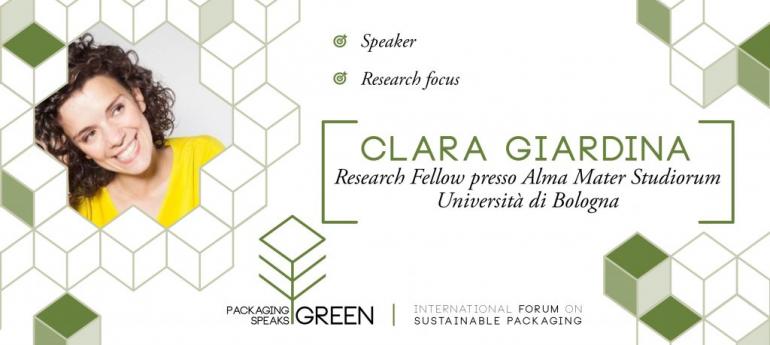Beyond mere providing containers for goods, the packaging industry involves an inestimable number of actors along the supply chain, from sourcing and procuring raw materials to goods handling and logistics, from the cold chain to the design, provision of services, planning and certification, as well as advertising, large- and small-scale retail and so on, through to proper waste collection and disposal followed by waste-to-energy processing, recycling, or reuse.
The countless areas involved can be kept closely knit, bound together by the cultures of design. Indeed, design is one of the best examples of a branch of knowledge that unites, since it does not have its own vertical knowledge, but its own fundamental need to understand the fundamentals of other areas means it operates innately through dialogue and communication in order to exploit knowledge in production and cultural terms. It is an understanding that mediates between knowledge and interests (ICSID 1954; Celaschi, 2008).
The experiment recently conducted in Bologna by the university’s Advanced Design group, headed by Prof Flaviano Celaschi, resulted in qualitative and quantitative research activities, lasting six months and involving the collection of over 330 cases of packaging innovation reported by more than 80 international research centres.
In Bologna, a permanent research centre has been created to focus on packaging innovation, which, starting with design sensitivity, will endeavour to gather together the knowledge of the various scientific and technological sectors involved in the complex packaging supply chain, in order to build an organisation capable of collecting, processing, and conveying significant knowledge and experience, for the rapid dissemination of sectoral innovation.
During the round table discussion dedicated to the University of Bologna, the following issued will be discussed:
- the decision by manufacturers of capital goods to start working for “the customer’s customer”, designing solutions ahead of time rather than awaiting demand from the intermediate customers;
- the compression and localisation of the supply chain: ever less movement of goods, which – where possible – should be in bulk format, with packaging carried out near the market of use in special outsourcing packaging plants amenable to a vast range of product types;
- smart packaging (IOT and IIOT), which has taken on a key role in raising awareness within the supply chain and building a deeper relationship with the user;
- widespread sense of responsibility towards the environment and the ensuing need for new ways to educate people on how to become consumers and producers of waste with a high capacity for regeneration;
- the need for greater involvement in the process by large-scale retailers.


